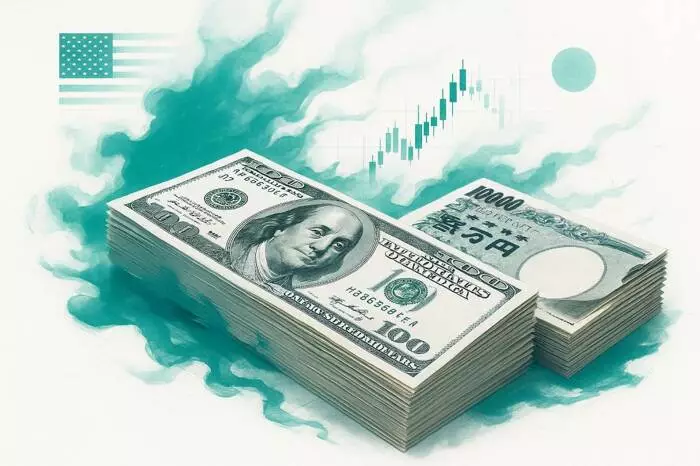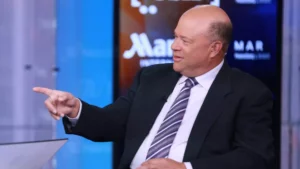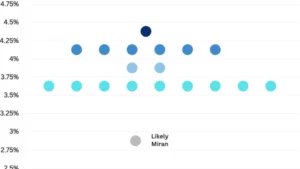In the ever-fluctuating realm of foreign exchange, the AUD/USD pair stands as a testament to how intertwined global economic policies and geopolitics are with currency valuations. The current narrative isn’t just about numbers or chart patterns; it reflects a complex web of strategic decisions, economic health indicators, and international trade tensions. As traders and investors
Japan is once again at a pivotal juncture, with its inflation figures poised to influence not just its economy but the broader geopolitical financial landscape. The upcoming release of Tokyo’s inflation data on September 26 will serve as a critical indicator of future monetary policy direction. An inflation rate edging closer to or exceeding the
The recent announcement by President Donald Trump to impose a hefty $100,000 fee on new H-1B visa applicants marks a dramatic departure from America’s traditional openness to foreign talent. This policy shift signals a stark stance against the nation’s long-standing reliance on highly skilled immigrants who fuel its technological innovation and economic growth. While the
In today’s digital age, access to financial news and analysis is more abundant than ever. However, with this wealth of information comes a critical challenge: discerning fact from opinion and understanding the limitations inherent in online content. Many sources, including websites providing general news, personal opinions, and third-party content, often emphasize the educational and research
The recent comments by Federal Reserve Governor Stephen Miran shed light on the fragile independence of the U.S. central banking system in an increasingly politically charged environment. Miran, who openly defied the consensus at the Fed by voting against a modest interest rate cut, exemplifies the tension between economic policymaking and political influence. His insistence
In recent weeks, the US Dollar (USD) has demonstrated a surprising resilience that defies typical market expectations following a series of major economic decisions. While many analysts anticipated a weakening of the dollar after the Federal Reserve’s rate cut, the greenback instead rebounded sharply, highlighting the dollar’s status as the world’s premier safe haven. This
In recent weeks, precious metals such as gold and silver have experienced turbulent price action, largely influenced by the evolving outlook for the US dollar and Federal Reserve policies. As of late September 2025, the metals’ rally earlier this year seemed unstoppable, fueled by doubts over the Federal Reserve’s independence and its commitment to fight
In recent times, the Federal Reserve has adopted a seemingly supportive stance by lowering interest rates, hinting at further reductions aimed at bolstering economic growth. However, beneath this veneer of optimism lies a complex web of risks that threaten to destabilize the very markets these cuts aim to invigorate. Renowned hedge fund manager David Tepper
In recent remarks, former President Donald Trump declared that the United States possesses such overwhelming strength that it can simply “get people to do things.” Such statements are not merely rhetorical bravado; they underscore a strategic display of American dominance, intended to project influence while simultaneously masking underlying uncertainties. Trump’s assertion that more countries should
Since early August 2025, the euro has demonstrated remarkable resilience, climbing decisively from a low of 1.1392 against the US dollar to break through critical resistance levels. This upward momentum signals more than just short-term optimism; it reflects a fundamental shift in market sentiment. The euro’s rally from its 52-week low to a multi-year high
In a carefully calibrated maneuver, the Federal Reserve recently announced a modest quarter-point decrease in interest rates—its first in nearly a year. While this seemingly small adjustment might appear insignificant to the untrained eye, it signals a shift in monetary policy that transcends surface-level numbers. What’s truly transformative is how markets interpret this move, reflecting
In a surprising turn of events, newly confirmed Federal Reserve Governor Stephen Miran broke ranks with the majority during the latest policy meeting by advocating for a substantial half-percentage point cut to interest rates, rather than the quarter-point reduction endorsed by the committee. His dissent signals a shift in the Fed’s approach to managing inflation,














